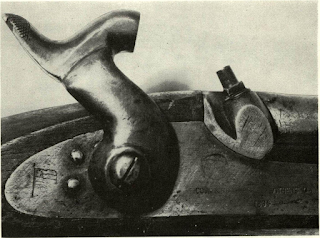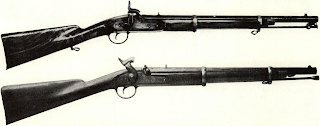One of the largest ordnance establishments in the
Enfield rifles were made and examples exist marked
Prior to evacuating New Orleans, Cook dallied with
The move to Athens caused a renegotiation, with
Four patterns of Enfields were made, all conforming very closely to the British original. An inspector had urged that Cook be provided with a set of gauges,
Cook barrels were of unusual construction, of
Shortage of skilled labor gave Cook many problems,
I have yet inspected . . . The establishment reflects
Burton wanted to buy the factory. Under his expanding authority, it was to come within his power
In February and March, Colonel Burton proposed
Francis Cook recovered control of his armory from
Enfield rifles were made and examples exist marked
Prior to evacuating New Orleans, Cook dallied with
The move to Athens caused a renegotiation, with
Four patterns of Enfields were made, all conforming very closely to the British original. An inspector had urged that Cook be provided with a set of gauges,
Cook barrels were of unusual construction, of
Shortage of skilled labor gave Cook many problems,
I have yet inspected . . . The establishment reflects
Burton wanted to buy the factory. Under his expanding authority, it was to come within his power
In February and March, Colonel Burton proposed
Francis Cook recovered control of his armory from
 |
| Stars and Bars signed lockplate |


Comments
Post a Comment